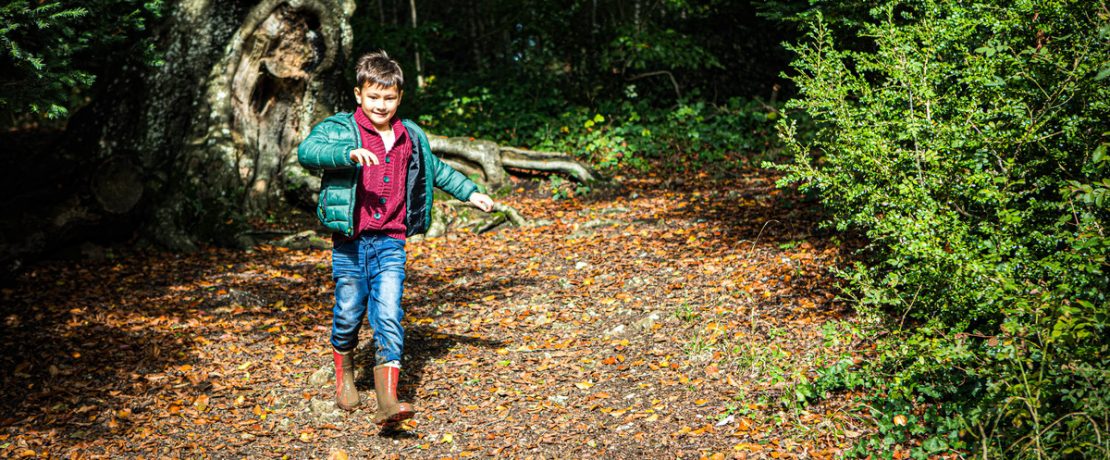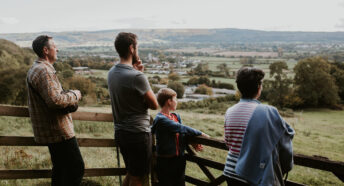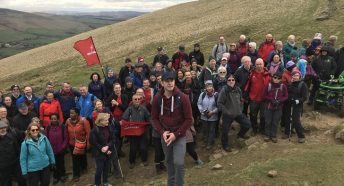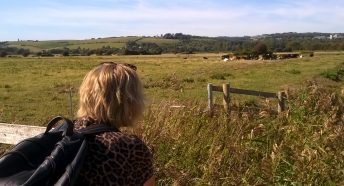Sacrificing our best countryside will be impossible to explain
CPRE chair Simon Murray explains why building on Areas of Outstanding Natural Beauty (AONBs) shames a generation.
In 30 years’ time, imagine explaining to younger people that the countryside was irredeemably tarnished on our watch. Our world-famous landscapes, beautiful countryside and green space next door have never been more important and at the same time have never been under greater threat.
I, like many of us through this pandemic, have found solace in nature. For me, it’s the Forest of Dean that has provided huge relief, just as the countryside next door for millions of people has become a place of sanctuary.
New CPRE analysis
But our new report – Beauty still betrayed – adds to a wealth of evidence exposing how our countryside is under unprecedented pressure. It lays bare how some of the most famous parts of the countryside, called Areas of Outstanding Natural Beauty (AONBs), are seeing unprecedented pressure from unaffordable, unjustifiable and land-hungry development. The findings are stark – the amount of land planned to be lost to housing in AONBs has more than doubled since 2017.
Just as concerning is the increase in pressure in ‘the setting’ of AONBs, which means homes within 500 metres from the boundary of one of these beautiful landscapes. The number of homes planned for the setting is up 135%. Yes, more affordable homes in rural areas are desperately needed – including in the communities within our protected landscapes. But only 16% of the new homes being granted planning permission can be considered ‘affordable’.
How is it possible that the areas with some of the most stringent protections are being lost to reckless development that does nothing to tackle the affordable housing crisis? Concerningly, the government’s upheaval of the planning system could increase this pressure. The changes look set to remove local people from scrutinising individual developments which would make it easier for developers to continue building wastefully in some of our most adored and beautiful countryside.
Urging the government to listen
But we know ministers are in listening mode – we’ve seen changes to the ‘mutant algorithm’ and most recently the government decided to abandon a policy that would have led to 6,000 fewer affordable homes being built every year. Momentum is building, civil society is making its voice heard and public trust in what the government says and does is on the line.
Our new report urges the government to fulfill its own promise of leaving the environment in a better state. We must draw on our most fundamental human needs – our connection to nature and beauty – and use the upcoming Planning Bill not only to protect AONBs, but ensure the right number of affordable homes are built for the local communities that call the countryside home.
Planning laws that increase development pressure, empower developers and disempower local communities will be seen as a betrayal by future generations. Once land in AONBs is built over, it’s gone for good. And be in no doubt, future generations will want answers.









